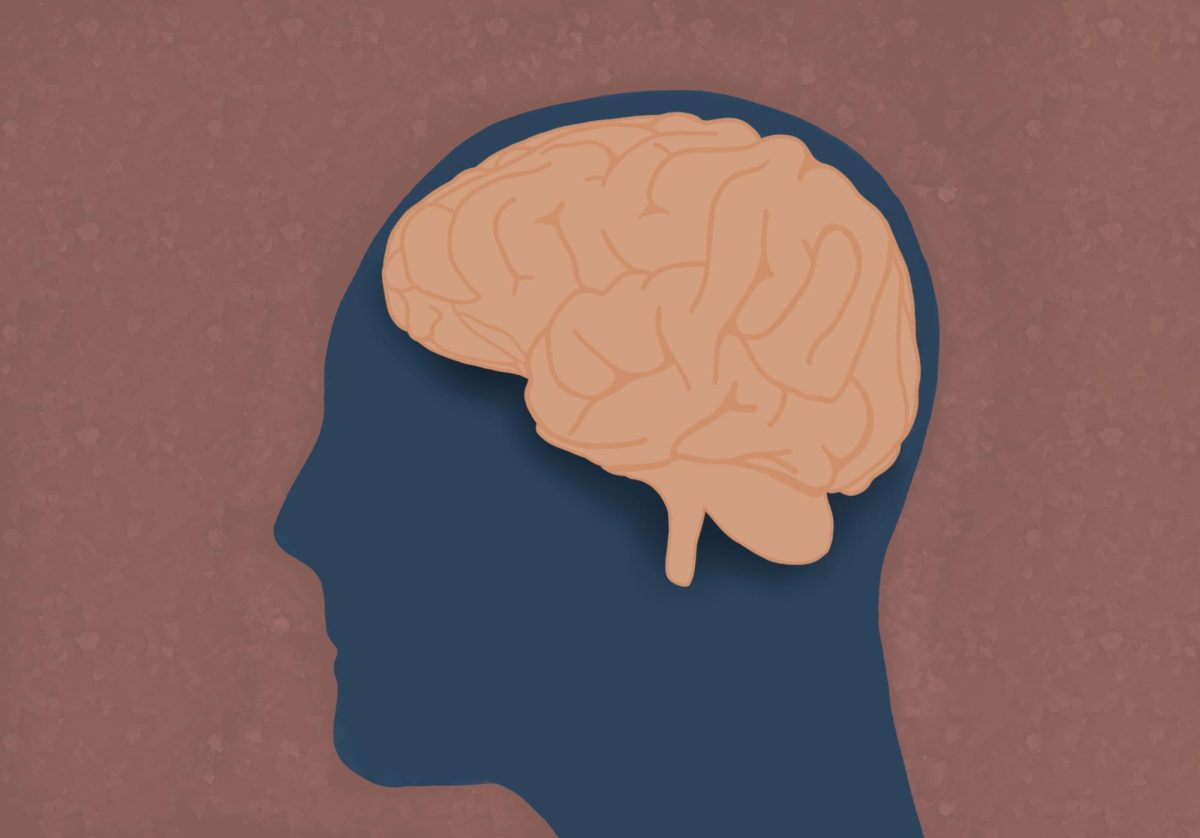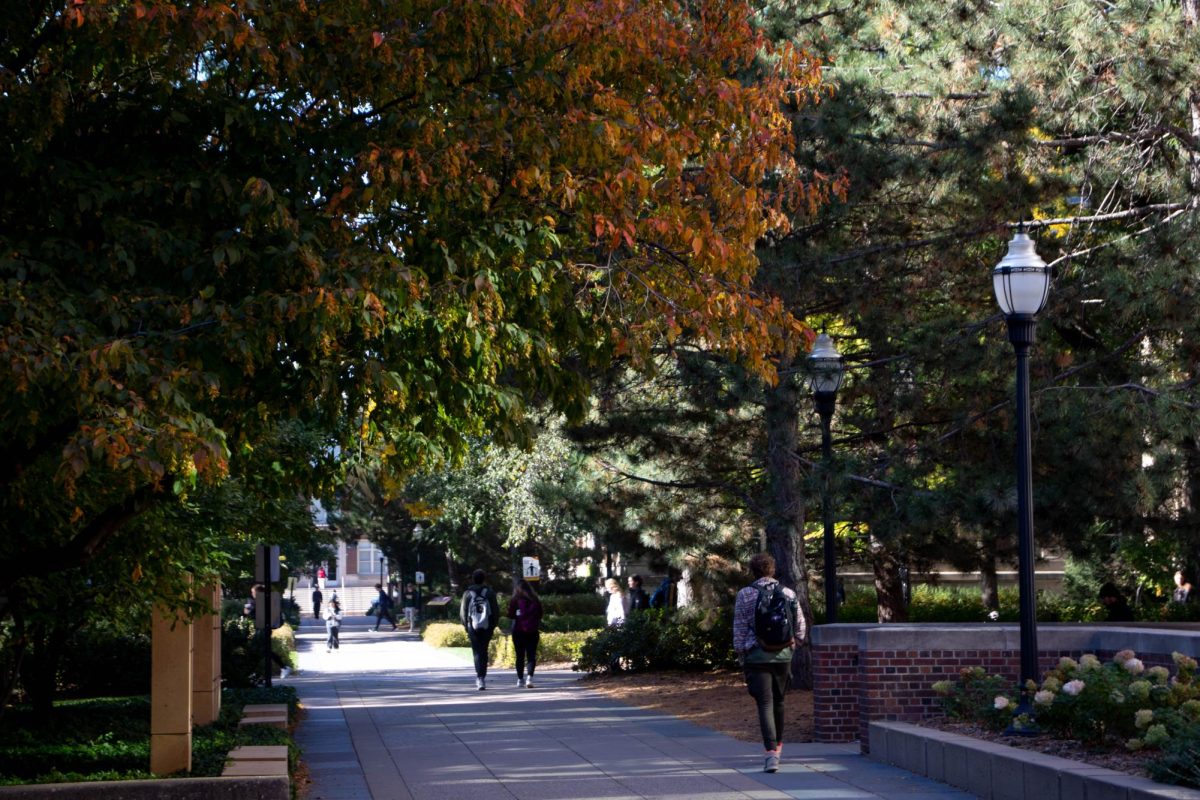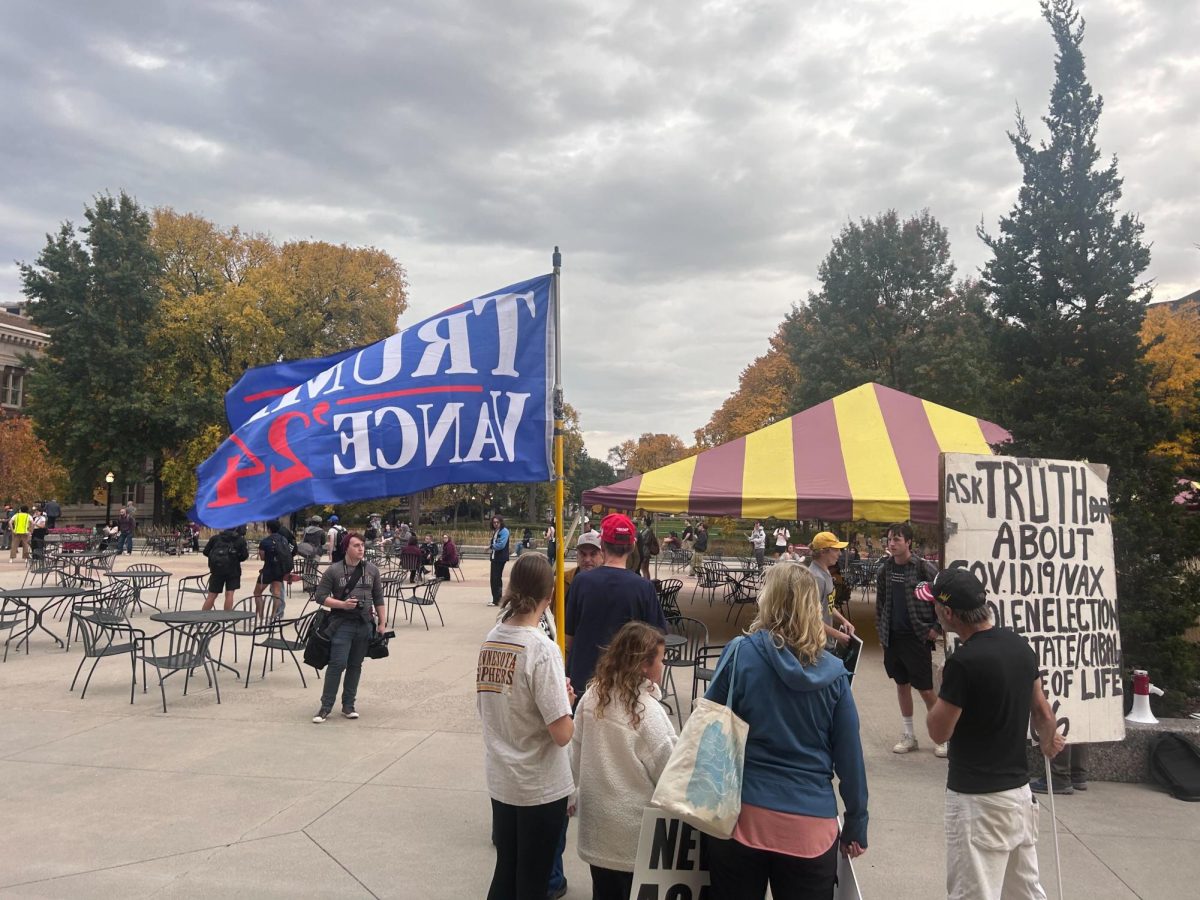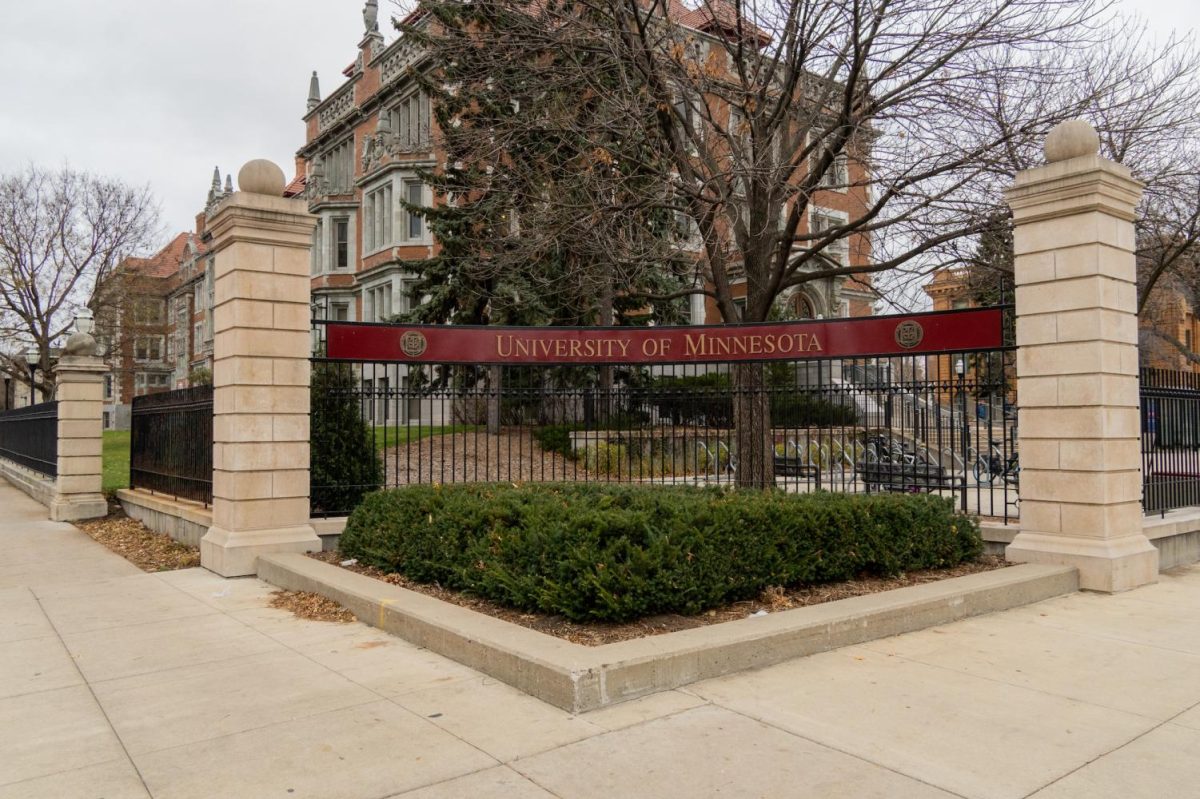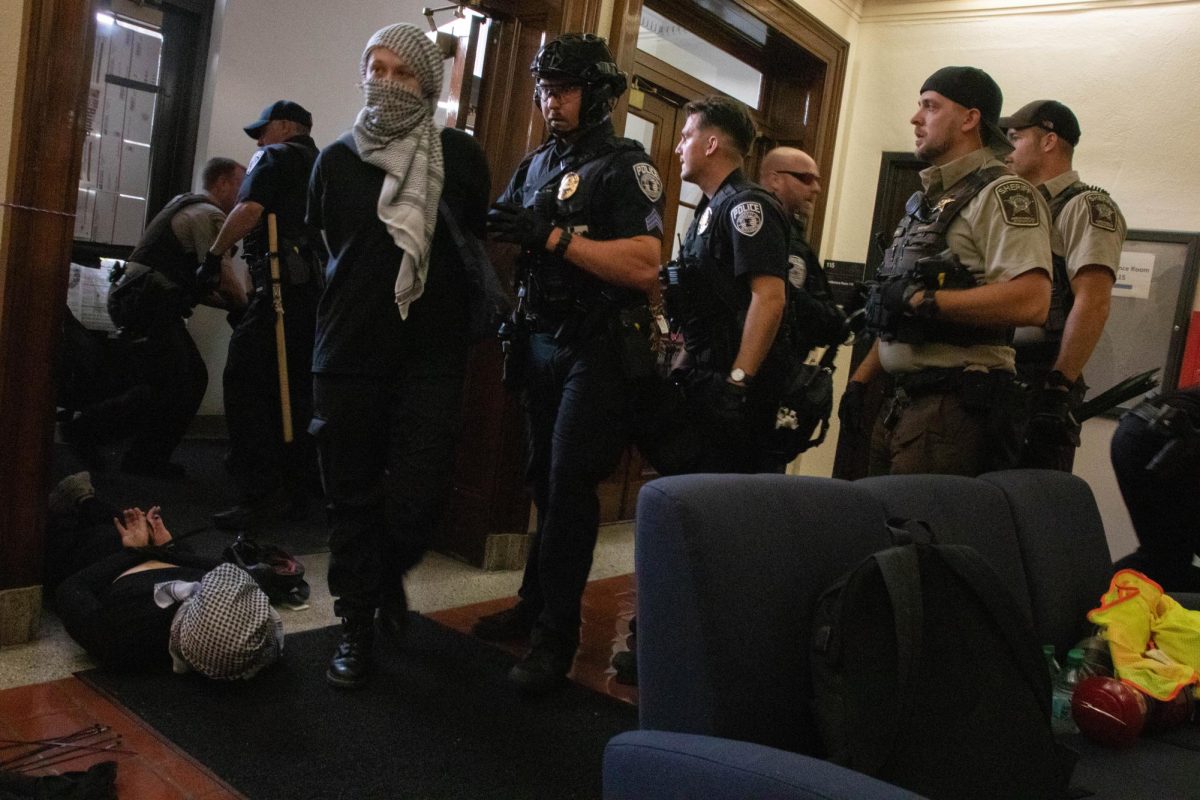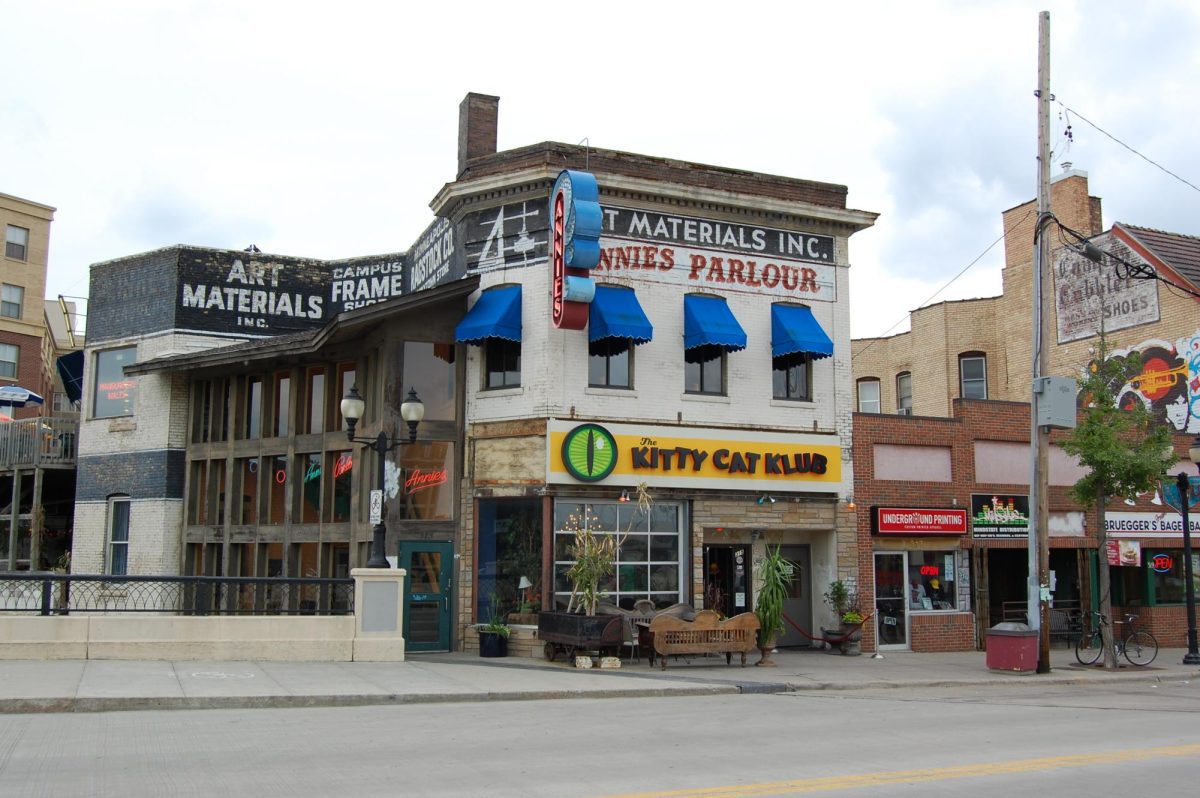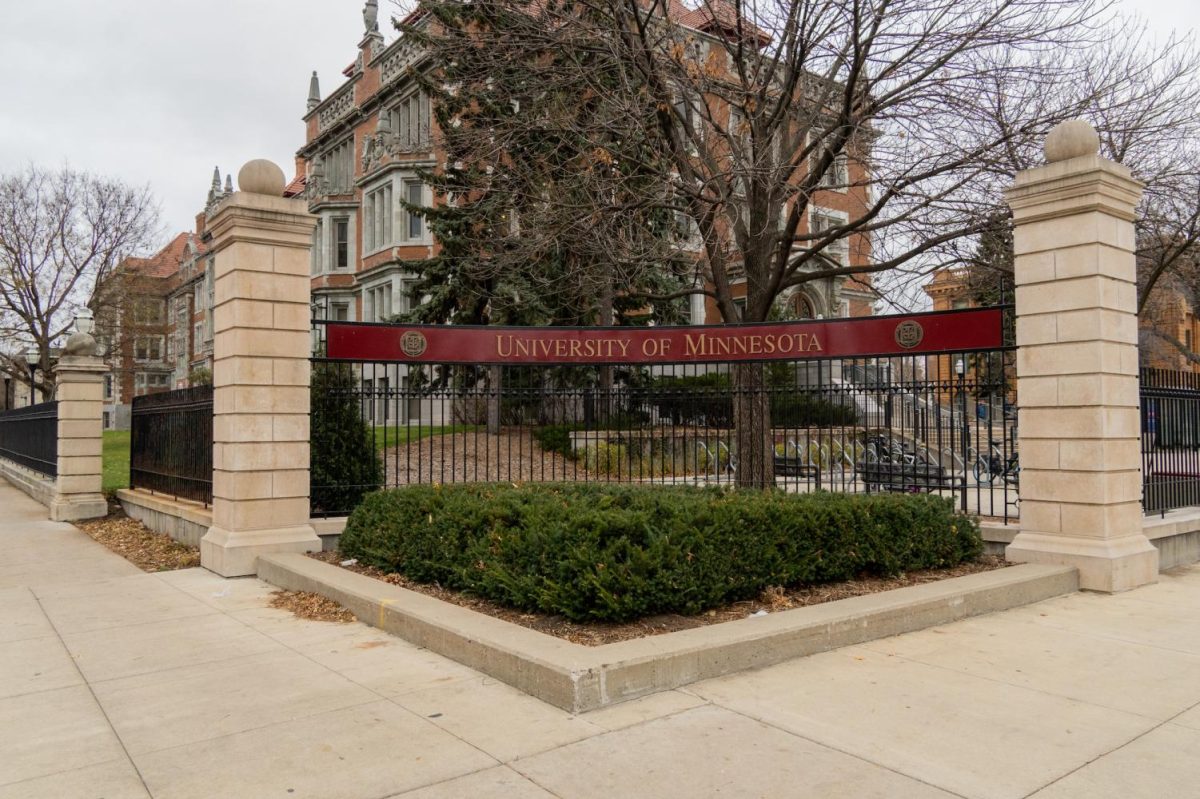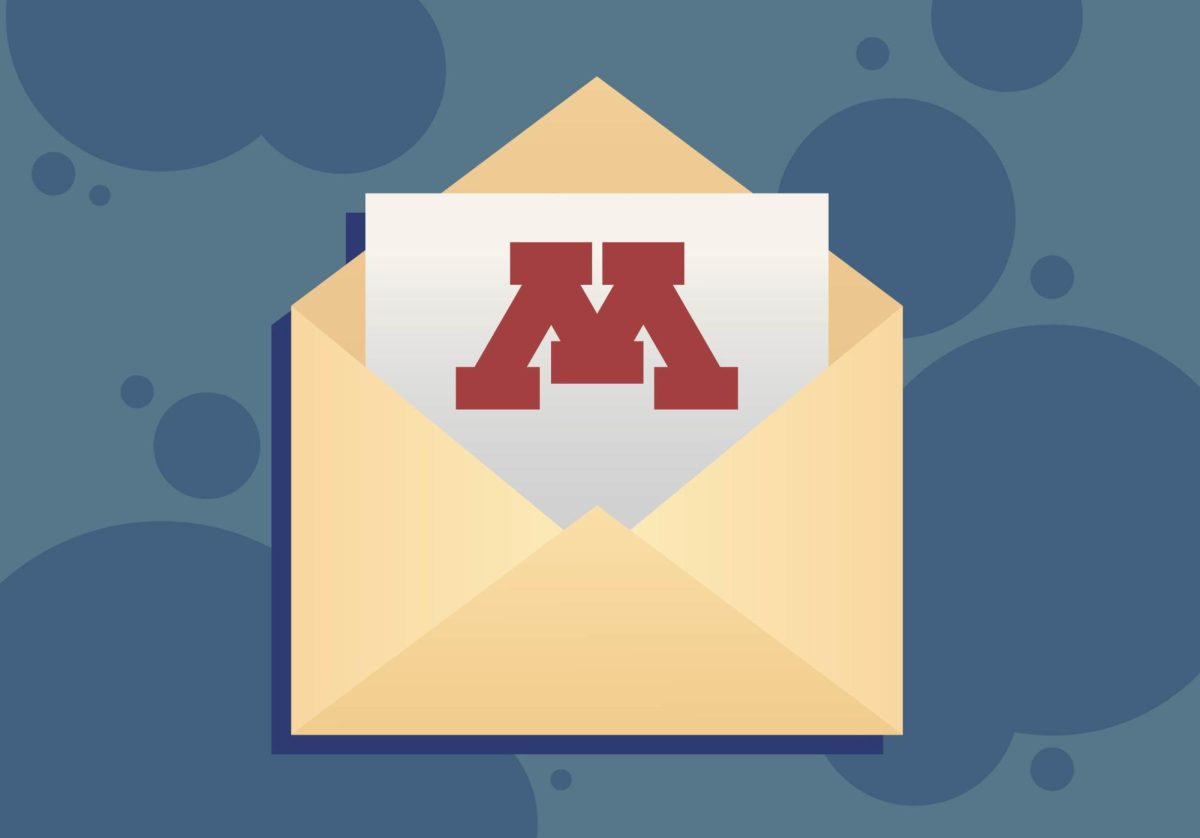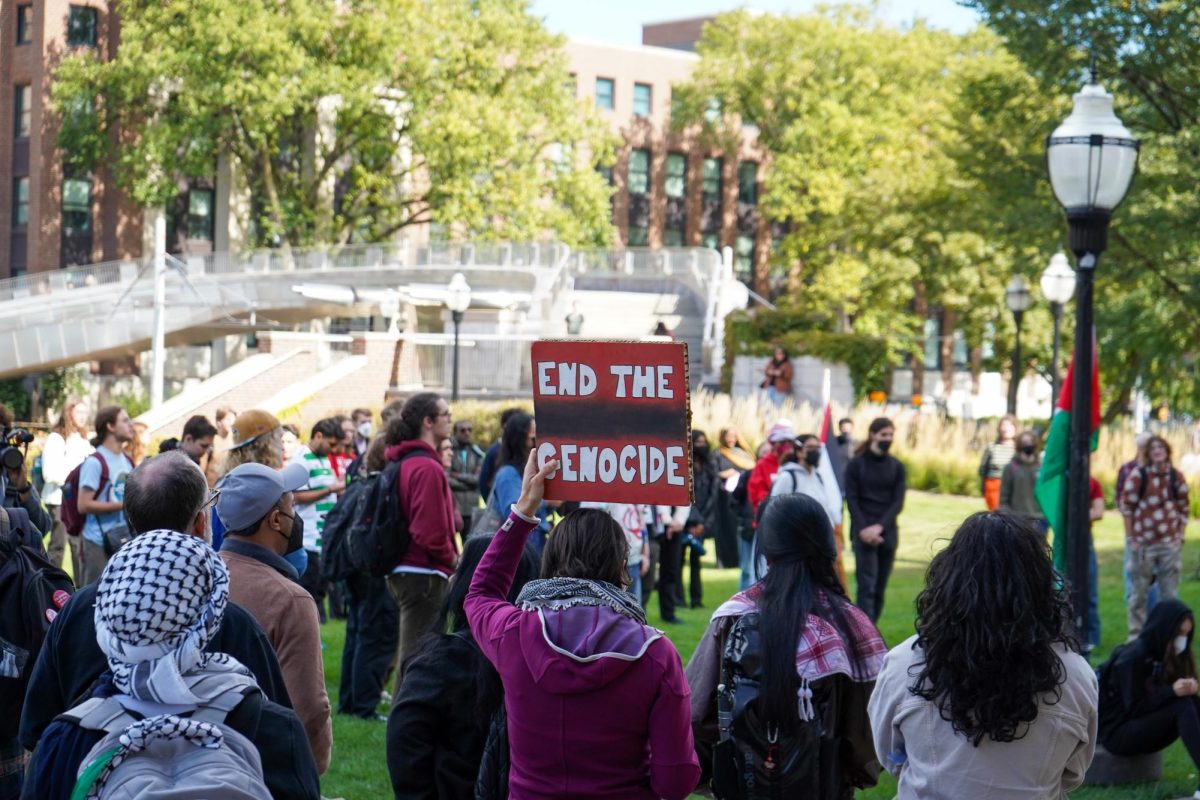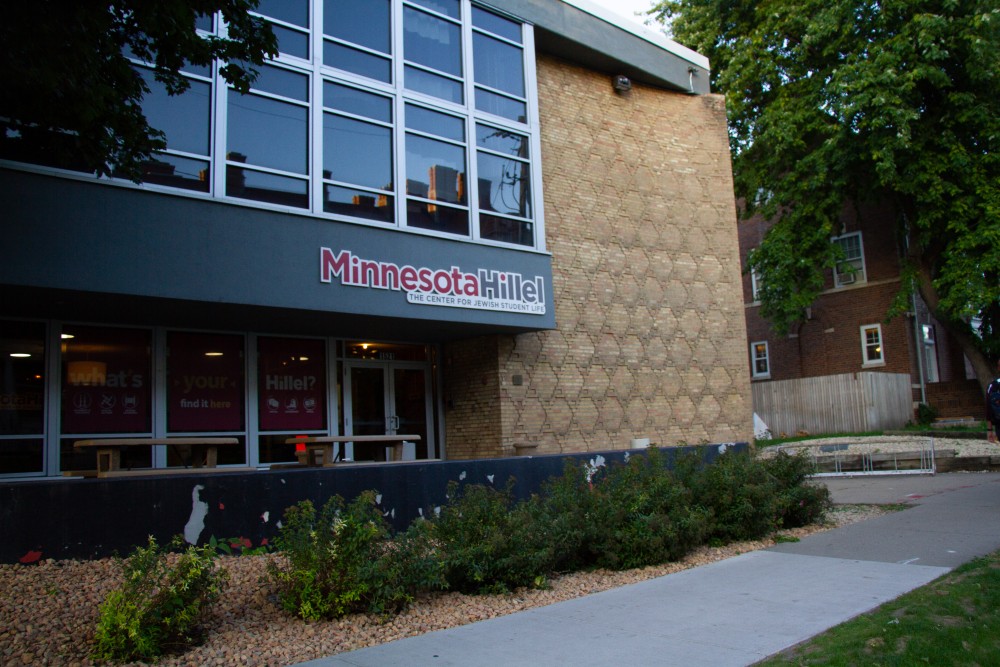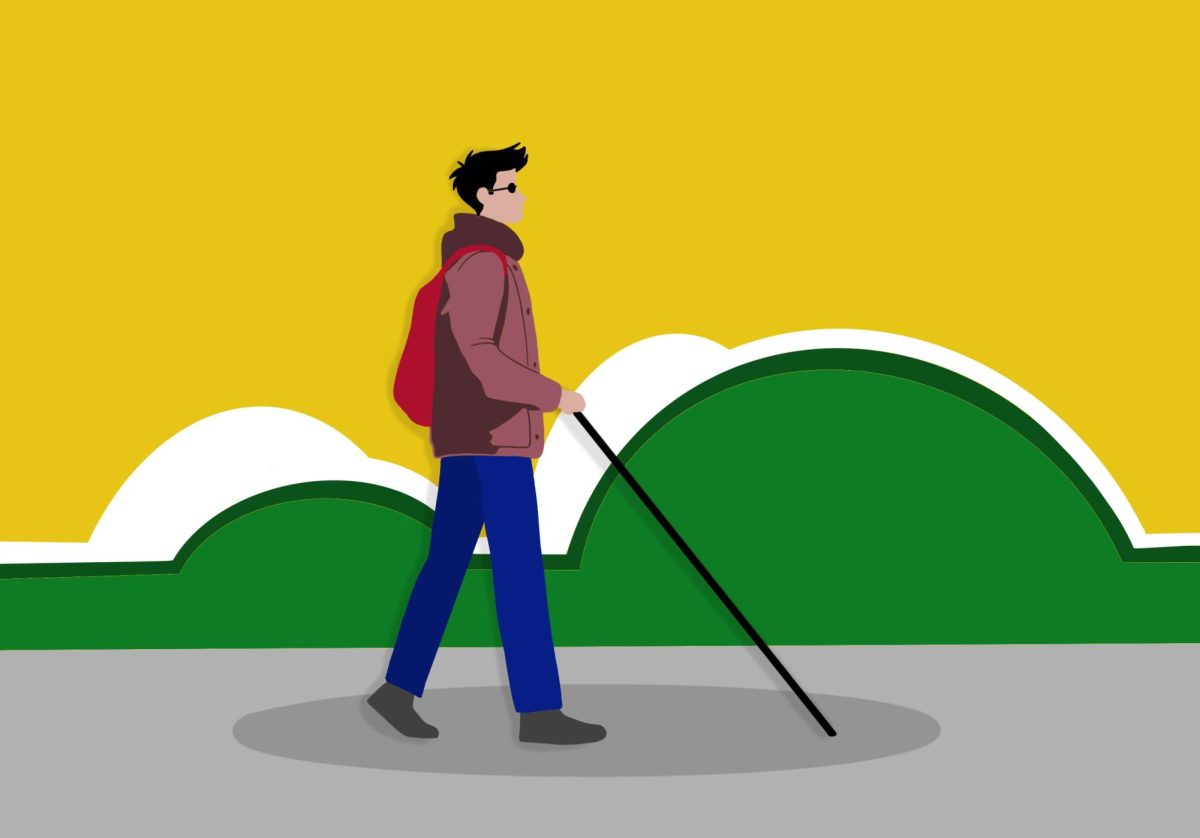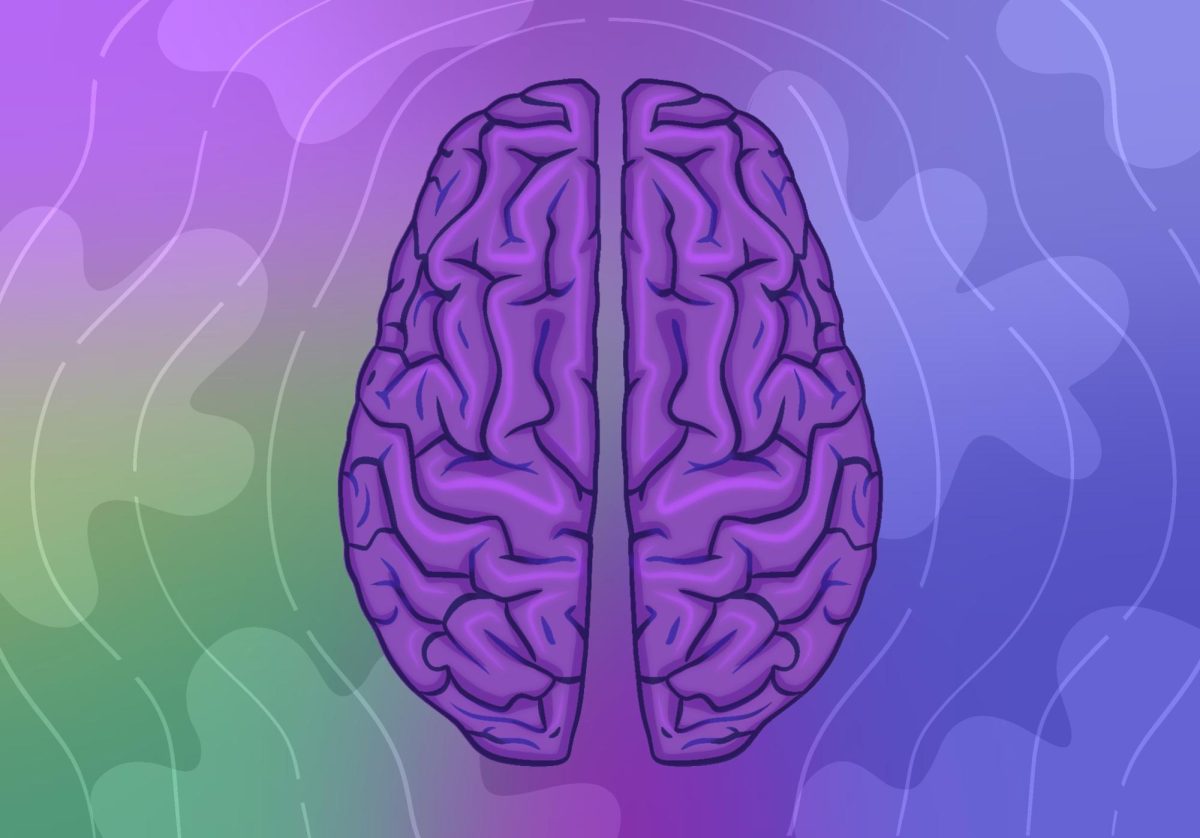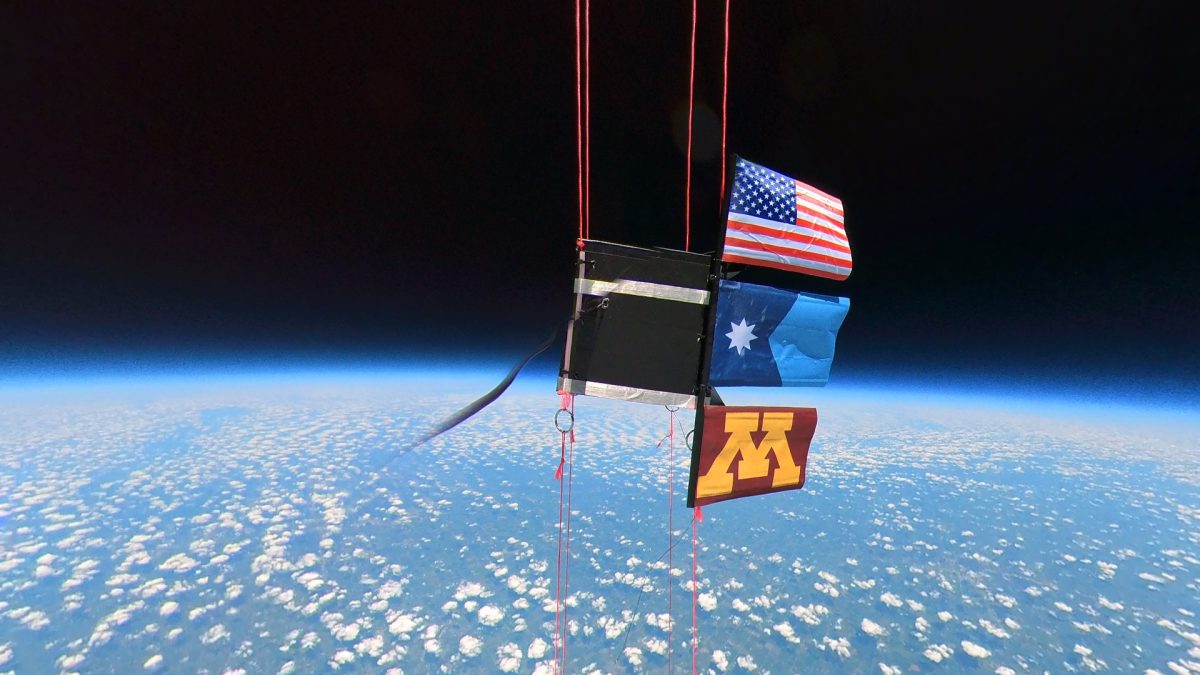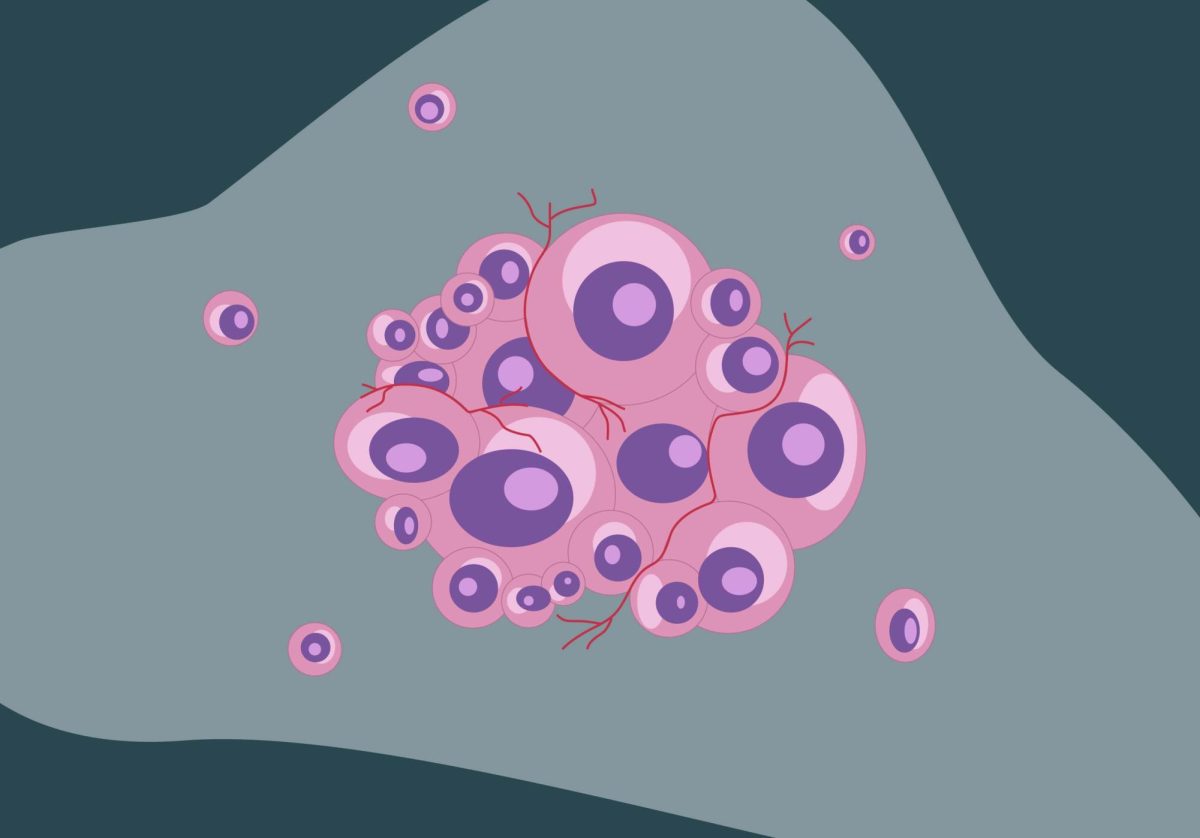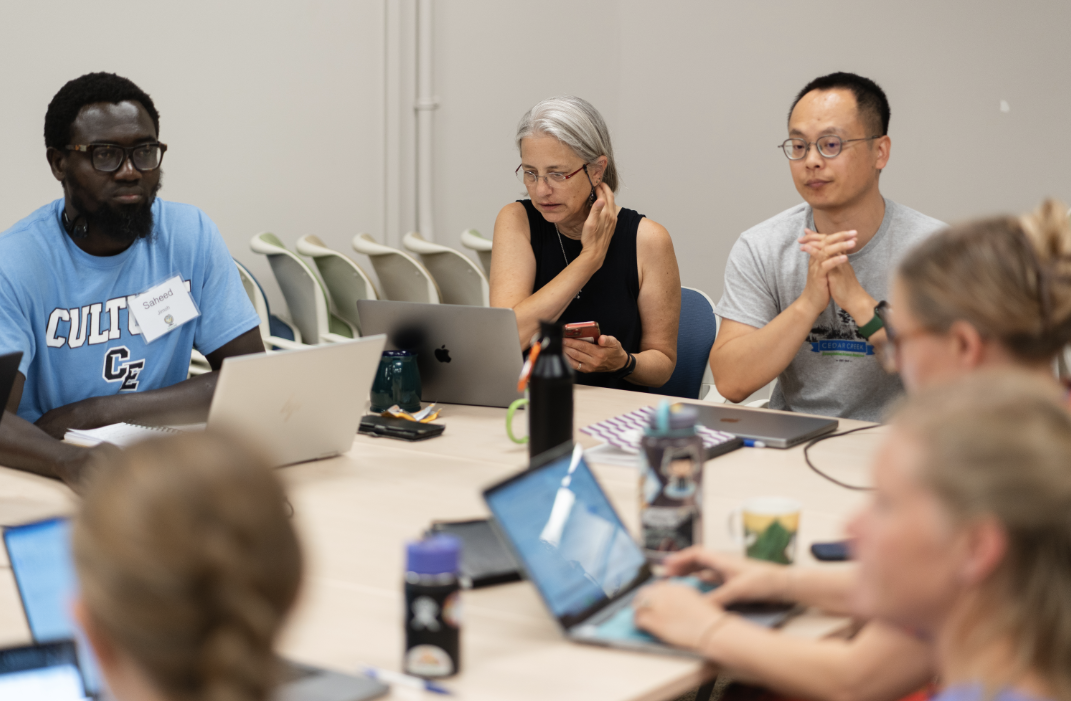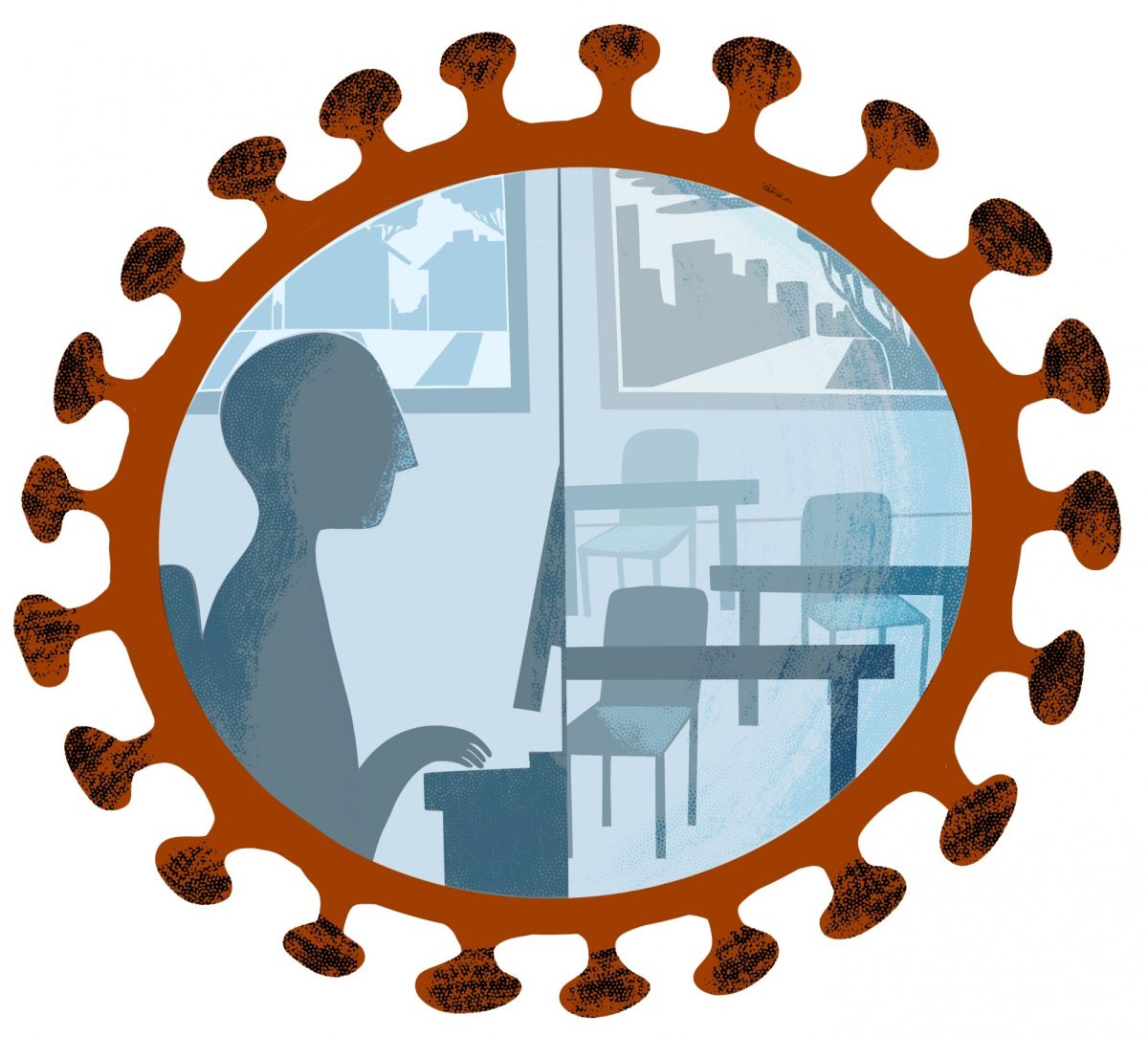Editor’s Note: This story contains themes of depression and suicide.
University of Minnesota faculty and graduate student share helpful resources and on-campus support systems during suicide awareness month.
All vital aspects on the topic of mental health awareness are the on-campus resources offered both online and in-person, current barriers to care and how mental illness can disproportionately affect certain communities.
Boynton Health: services, therapy sessions, removing barriers to care
Cecilia Bloomquist has been working as a psychotherapist since 2012. At Boynton, she has the opportunity to work directly with patients, while also supporting colleagues doing work in the field as an associate director.
“The mental health clinic only offers services to students. Billing insurance is covered by the Student Services Fees after it has billed the student’s insurance first, according to Bloomquist.
Therapy sessions without limits, based on the needs and diagnosis of the students, began at Boynton clinics this summer with extended hours, 7 a.m. to 6:30 p.m. The prior session limits were what Bloomquist described as barriers to care.
The new model allows for students to get services that are nuanced and specific to their needs, which was made possible by having a full staff of clinicians, Bloomquist said. If someone is having a mental health need that is urgent, they can walk to Boynton and get care as a walk-in.
“Looking at our team this week, I was like, ‘Wow, I have never worked in a clinic where we had so much diversity and that is such a critical asset to have,’” Bloomquist said.
Student Counseling Services: virtual help options, how services differ
As interim director of Student Counseling Services (SCS), Jeff Walter hopes to continue to expand counseling options while offering group and individual counseling, he said.
Walter made the recommendation for students to read the provider’s bios to make a good match with a counselor, and to make a consultation so students can voice their interests and preferences.
One of the main differences between SCS and Boynton is that SCS does not regularly diagnose people because they do not bill insurance.
Let’s Talk is a both virtual and in-person opportunity to meet with therapists through SCS without being a formal client. This type of counseling can help ease initial fear and anxiety when it comes to starting to talk about your mental health, Bloomquist said.
“It’s like a warm face that can hear you and then support you to get to where you need to be,” Bloomquist said.
Suicide prevention and mental health equity
In the Research on Depression, Self-Injury and Suicide Risk in Adolescents lab, the question of how a researcher can help youth who are suffering is a key driver in the lab’s collaborative efforts, researcher Andrea Wiglesworth, a third-year graduate student in the clinical science and psychopathology research Ph.D. program, said.
Currently, there is a study happening in the lab which aims to understand if being creative and in a group environment is helpful for boosting mood in adolescents and young adults, according to Wiglesworth.
Wiglesworth is most focused on Native American communities in her research. She works to understand how unique stressors within the community’s lived experiences are causing disproportionate numbers of suicides.
Part of the reason why people are struggling to prevent or predict suicide in Native communities is because researchers are not asking about the right things, Wiglesworth said.
According to Wiglesworth’s study, Native American youth are less likely than white youth to say they thought about attempting suicide. Giving everyone adequate and frequently distributed safety resources is important, Wiglesworth said.
“It could be that in a week, or two weeks, or six months, something happens that triggers that thought, and they’re going to be in a better position to stay safe if they have the resources that they would need at that time,” Wiglesworth said.
For suicide prevention resources, call or text 988 or chat at 988Lifeline.org.
This article has been updated.


